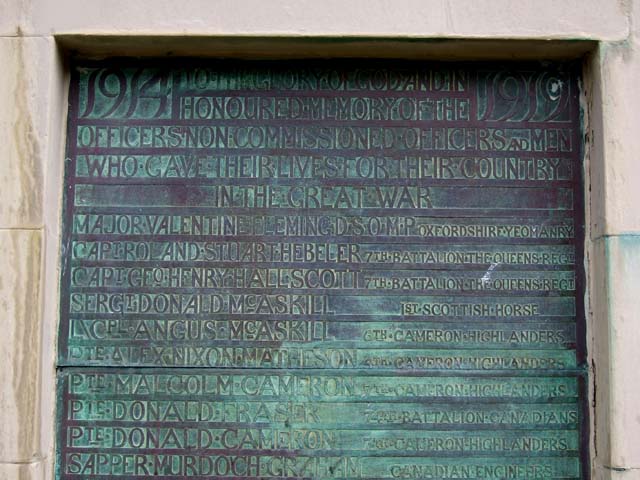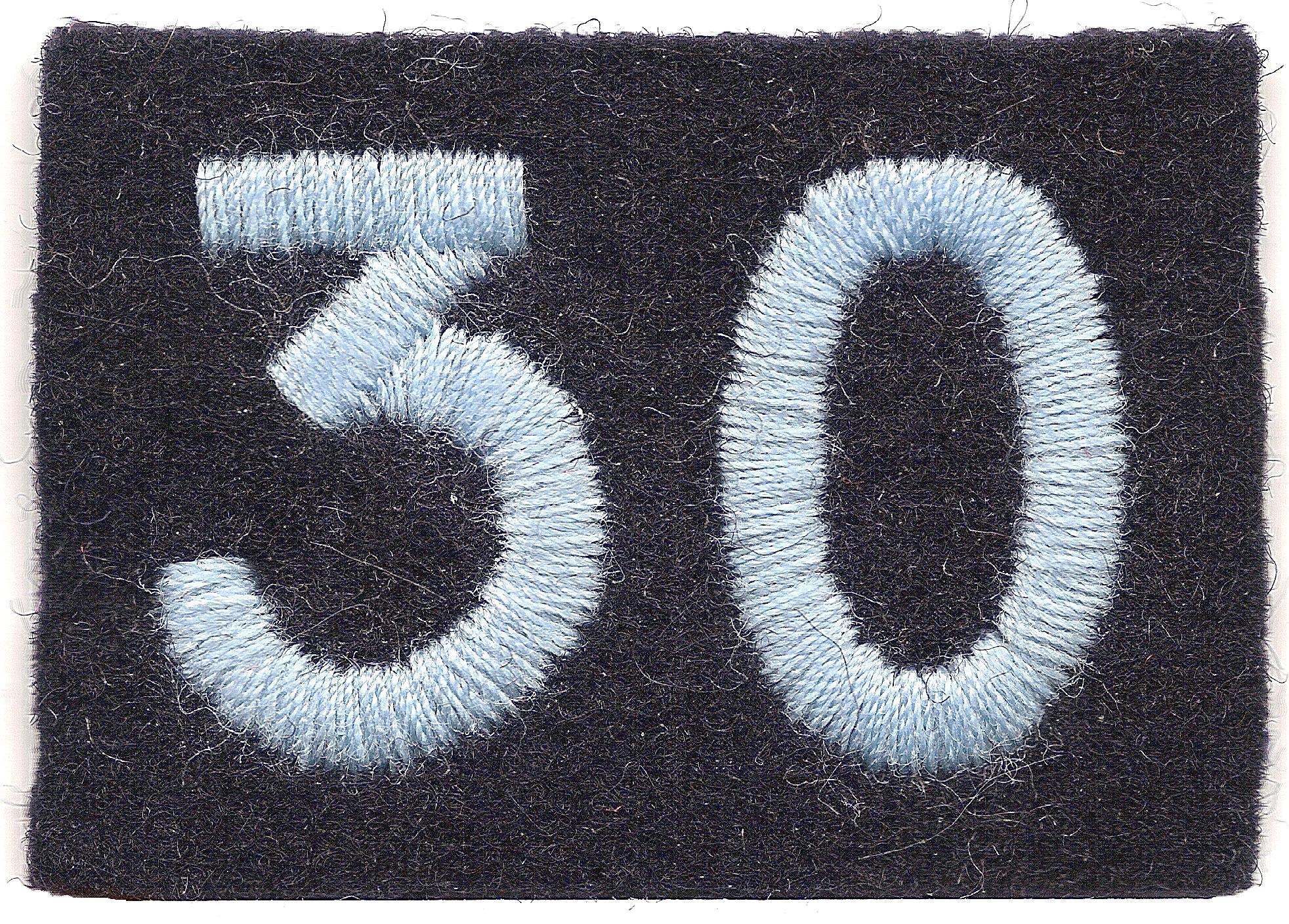|
Naval Intelligence Division (UK)
The Naval Intelligence Division (NID) was created as a component part of the Admiralty War Staff in 1912. It was the intelligence arm of the British Admiralty before the establishment of a unified Defence Intelligence Staff in 1964. It dealt with matters concerning British naval plans, with the collection of naval intelligence. It was also known as "Room 39", after its room number at the Admiralty. History The Foreign Intelligence Committee was established in 1882 and it evolved into the Naval Intelligence Department in 1887. The NID staff were originally responsible for fleet mobilisation and war plans as well as foreign intelligence collection; thus in the beginning there were originally two divisions: (1) intelligence (Foreign) and (2) Mobilisation. In 1900 another division, War, was added to deal with issues of strategy and defence, and in 1902 a fourth division, Trade, was created for matters related to the protection of merchant shipping. The Trade Division was abolishe ... [...More Info...] [...Related Items...] OR: [Wikipedia] [Google] [Baidu] |
Naval Intelligence Department (Royal Navy)
The Naval Intelligence Department (NID) was the intelligence arm of the British Admiralty from 1887 until 1912 when most of its subsidiary divisions were absorbed during the creation of the Admiralty War Staff department that included a new Naval Intelligence Division that concentrated in that sphere solely. It dealt with intelligence matters concerning British naval plans, and with the collection of naval intelligence in regard to coastal defences, foreign powers, mobilisation, trade and war. History The Foreign Intelligence Committee was established in 1882 and it evolved into the Naval Intelligence Department in 1887. The NID staff were originally responsible for fleet mobilisation and war plans as well as foreign intelligence collection; thus in the beginning there were originally two divisions: (1) intelligence (Foreign) and (2) Mobilisation. In 1900 another division, War, was added to deal with issues of strategy and defence, and in 1902 a fourth division, Trade, was created ... [...More Info...] [...Related Items...] OR: [Wikipedia] [Google] [Baidu] |
British Armed Forces
The British Armed Forces, also known as His Majesty's Armed Forces, are the military forces responsible for the defence of the United Kingdom, its Overseas Territories and the Crown Dependencies. They also promote the UK's wider interests, support international peacekeeping efforts and provide humanitarian aid. Since the formation of the Kingdom of Great Britain in 1707 (later succeeded by the United Kingdom), the British Armed Forces have seen action in a number of major wars involving the world's great powers, including the Seven Years' War, the American Revolutionary War, the Napoleonic Wars, the 1853–1856 Crimean War, the First World War, and the Second World War. Britain's victories in most of these decisive wars, allowed it to influence world events and establish itself as one of the world's leading military and economic powers. As of October 2022, the British Armed Forces consist of: the Royal Navy, a blue-water navy with a fleet of 72 commissioned ships, together ... [...More Info...] [...Related Items...] OR: [Wikipedia] [Google] [Baidu] |
James Bond
The ''James Bond'' series focuses on a fictional British Secret Service agent created in 1953 by writer Ian Fleming, who featured him in twelve novels and two short-story collections. Since Fleming's death in 1964, eight other authors have written authorised Bond novels or novelisations: Kingsley Amis, Christopher Wood, John Gardner, Raymond Benson, Sebastian Faulks, Jeffery Deaver, William Boyd, and Anthony Horowitz. The latest novel is ''With a Mind to Kill'' by Anthony Horowitz, published in May 2022. Additionally Charlie Higson wrote a series on a young James Bond, and Kate Westbrook wrote three novels based on the diaries of a recurring series character, Moneypenny. The character—also known by the code number 007 (pronounced "double-oh-seven")—has also been adapted for television, radio, comic strip, video games and film. The films are one of the longest continually running film series and have grossed over US$7.04 billion in total at the box office ... [...More Info...] [...Related Items...] OR: [Wikipedia] [Google] [Baidu] |
Ian Fleming
Ian Lancaster Fleming (28 May 1908 – 12 August 1964) was a British writer who is best known for his postwar ''James Bond'' series of spy novels. Fleming came from a wealthy family connected to the merchant bank Robert Fleming & Co., and his father was the Member of Parliament (MP) for Henley from 1910 until his death on the Western Front in 1917. Educated at Eton, Sandhurst, and, briefly, the universities of Munich and Geneva, Fleming moved through several jobs before he started writing. While working for Britain's Naval Intelligence Division during the Second World War, Fleming was involved in planning Operation Goldeneye and in the planning and oversight of two intelligence units, 30 Assault Unit and T-Force. He drew from his wartime service and his career as a journalist for much of the background, detail, and depth of his James Bond novels. Fleming wrote his first Bond novel, '' Casino Royale'', in 1952. It was a success, with three print runs being commissio ... [...More Info...] [...Related Items...] OR: [Wikipedia] [Google] [Baidu] |
Ralph Izzard
Ralph William Burdick Izzard, OBE (27 August 1910 – 2 December 1992) was an English journalist, author, adventurer and, during World War II, a British Naval Intelligence officer.''The Independent''Obituary – Ralph Izzard, 14 December 1992 Jan Morris, retrieved on 25 August 2009. As a journalist, Izzard spent virtually his entire career with one newspaper, the ''Daily Mail''. After rising to the position of Berlin bureau chief, he remained a star of the paper for 31 years. The stories he covered took him from Egypt to Algeria, Lebanon to Kenya, Korea and beyond.''Time Magazine''Upward in Sneakers, Issue: 26 July 1954 retrieved 24 August 2009. In addition to his duties with the ''Daily Mail'', he wrote four books chronicling his experiences in India, Nepal and the Middle East. He is best known for the most famous of his exploits, when, as portrayed in his book ''The Innocent on Everest'', he set out on his own, without a compass or map, to pursue John Hunt's 1953 Evere ... [...More Info...] [...Related Items...] OR: [Wikipedia] [Google] [Baidu] |
Sabotage
Sabotage is a deliberate action aimed at weakening a polity, effort, or organization through subversion, obstruction, disruption, or destruction. One who engages in sabotage is a ''saboteur''. Saboteurs typically try to conceal their identities because of the consequences of their actions and to avoid invoking legal and organizational requirements for addressing sabotage. Etymology The English word derives from the French word , meaning to "bungle, botch, wreck or sabotage"; it was originally used to refer to labour disputes, in which workers wearing wooden shoes called interrupted production through different means. A false etymology, popular but incorrect account of the origin of the term's present meaning is the story that poor workers in the Belgian city of Liège would throw a wooden into the machines to disrupt production. One of the first appearances of and in French literature is in the of d'Hautel, edited in 1808. In it the literal definition is to 'make nois ... [...More Info...] [...Related Items...] OR: [Wikipedia] [Google] [Baidu] |
Reconnaissance
In military operations, reconnaissance or scouting is the exploration of an area by military forces to obtain information about enemy forces, terrain, and other activities. Examples of reconnaissance include patrolling by troops (skirmishers, long-range reconnaissance patrol, U.S. Army Rangers, cavalry scouts, or military intelligence specialists), ships or submarines, crewed or uncrewed reconnaissance aircraft, satellites, or by setting up observation posts. Espionage is usually considered to be different from reconnaissance, as it is performed by non-uniformed personnel operating behind enemy lines. Often called recce (British, Canadian and Australian English) or recon (American English), the word for this activity has at its root the associated verb ''reconnoitre'' or ''reconnoiter''. Etymology The word from the Middle French ''reconoissance''. Overview Reconnaissance conducted by ground forces includes special reconnaissance, armored reconnaissance, amp ... [...More Info...] [...Related Items...] OR: [Wikipedia] [Google] [Baidu] |
30th Assault Unit
No. 30 Commando, from 1943 to 1946 known as 30 Assault Unit, was a British Commando unit during the Second World War, originally formed to gather intelligence. History Formation In a 2012 documentary Dieppe Uncovered, Canadian Professor David O'Keefe shows a March 1942 document where James Bond creator, Ian Fleming, proposes the creation of a commando unit to his then boss, Admiral John Godfrey, the Director of Naval Intelligence (DNI). Ian notes the objective of such a unit would be, "to accompany forward troops when a port or naval installation is being attacked and, if the attack is successful, their duty is to capture documents, cyphers". Ian based this unit on a similar unit already in existence since 1941 in Nazi Germany and operated by the German Military Intelligence unit, Abwehr named ''Marine-Einsatz-Kommando Schwarzes Meer'',. According to some accounts, the unit was deployed for the first time during the Dieppe Raid in August 1942, in an unsuccessful attempt to ... [...More Info...] [...Related Items...] OR: [Wikipedia] [Google] [Baidu] |
Hut 8
Hut 8 was a section in the Government Code and Cypher School (GC&CS) at Bletchley Park (the British World War II codebreaking station, located in Buckinghamshire) tasked with solving German naval (Kriegsmarine) Enigma messages. The section was led initially by Alan Turing. He was succeeded in November 1942 by his deputy, Hugh Alexander. Patrick Mahon succeeded Alexander in September 1944. Hut 8 was partnered with Hut 4, which handled the translation and intelligence analysis of the raw decrypts provided by Hut 8. Located initially in one of the original single-story wooden huts, the name "Hut 8" was retained when Huts 3, 6 & 8 moved to a new brick building, Block D, in February 1943. After 2005, the first Hut 8 was restored to its wartime condition, and it now houses the " HMS Petard Exhibition". Operation In 1940, a few breaks were made into the naval "Dolphin" code, but Luftwaffe messages were the first to be read in quantity. The German navy had much tighter procedures, ... [...More Info...] [...Related Items...] OR: [Wikipedia] [Google] [Baidu] |
Peter Calvocoressi
Peter John Ambrose Calvocoressi (17 November 1912 – 5 February 2010) was a British lawyer, Liberal politician, historian, and publisher. He served as an intelligence officer at Bletchley Park during World War II. Early years Calvocoressi was born in Karachi, now in Pakistan, to a family of Greek origins from the island of Chios. His mother, Irene ( née Ralli), was descended from one of the founders of Ralli Brothers, who were prominent Greek families of Chios who came to London at the time of the Greek Diaspora. When he was three months old, the family moved to Liverpool, England. Calvocoressi's father Pandia had spent the first seven years of his life in Manchester and the next ten at San Stefano (on the outskirts of Istanbul). He attended the Sorbonne from the age of 17 for three years and then joined the family firm in New York. Pandia Calvocoressi and Irene Ralli married in London in 1910. Shortly afterwards Pandia was posted to India where Calvocoressi was born. His ... [...More Info...] [...Related Items...] OR: [Wikipedia] [Google] [Baidu] |




